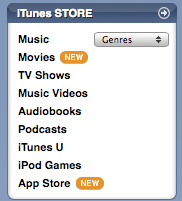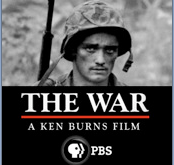
This wiki supports teachers who have English as Second Language Learners in their classroom. It has loads of resources for digital storytelling, listening and examples of how teachers are using technology in their classrooms.
https://eslearners.wikispaces.com/
This is a work in progress that I am building for the teacher in my school who is going to be teaching Social Justice 12 this spring.
This wiki helps teacher librarians and others with resources to start using more technology in their teaching. Also listed are resources from an international conference Your School Library. See what educators around the world are doing!
Justice to Go is an initiative of the International Solidarity Committee of the Surrey Teachers Association. You can borrow films about social justice and view them before you considering purchasing them for your school.
Photo Source: domibrez http://www.flickr.com/photos/domibrez/4111898675/in/pool-cconly

















